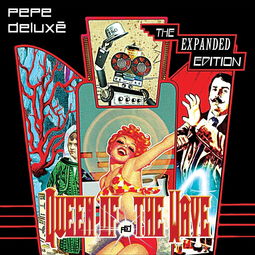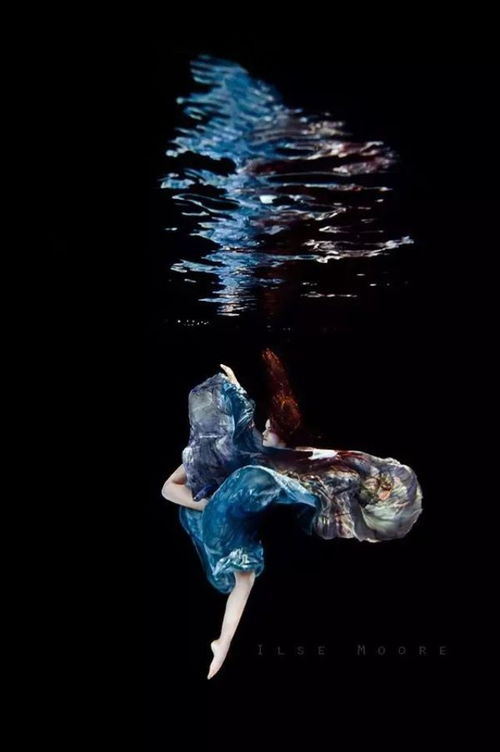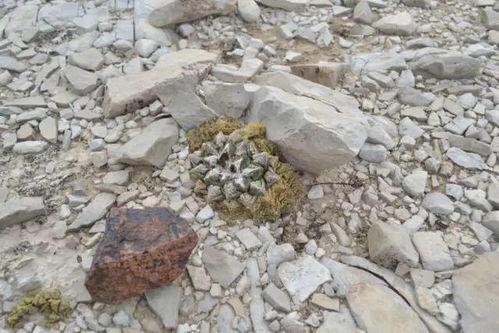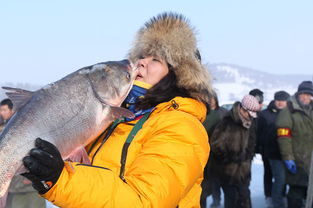Content:
Introduction: Bubble fishing, an ancient and intriguing fishing technique, has been practiced for centuries in various parts of the world. It involves using a bubble to attract fish, making it a unique and effective method for anglers. Whether you are a seasoned fisherman or a beginner looking to try something new, this article will provide you with a comprehensive guide on how to use bubble fishing techniques, complete with detailed illustrations to help you master this art.
Understanding Bubble Fishing: Bubble fishing is based on the principle that fish are naturally curious creatures and are attracted to bubbles. By creating a bubble trail, you can lure fish towards your bait, increasing your chances of a successful catch. This method is particularly effective in still waters, such as ponds, lakes, and slow-moving streams.
Materials Needed: Before you start, gather the following materials:
- A fishing rod and reel suitable for the type of fish you are targeting.
- A bubble fishing rod, which is specifically designed for this technique.
- A bubble generator, which can be a simple hand pump or a more advanced motorized unit.
- Bait suitable for the fish you are targeting.
- A net or landing mat to help you retrieve your catch.
Step-by-Step Guide to Bubble Fishing:
Choose the Right Location: Select a quiet and undisturbed area where fish are known to congregate. Look for areas with aquatic plants, rocks, or other structures that can provide cover for fish.

Set Up Your Equipment: Attach the bubble generator to your fishing rod. Ensure that the bubble flow is steady and not too rapid, as this can scare away fish. If using a hand pump, practice creating a consistent bubble flow before heading out.
Position Your Bait: Attach your bait to the end of your fishing line, ensuring it is securely attached. The type of bait will depend on the fish you are targeting. Common choices include worms, insects, or lures specifically designed for bubble fishing.
Start the Bubble Trail: Begin creating a bubble trail by activating your bubble generator. The trail should be long enough to reach the fish but not so long that it dissipates quickly. Aim for a steady flow of bubbles that maintains a visible trail in the water.
Cast Your Line: Once you have established a bubble trail, cast your line into the water. The weight of the bait will help it sink to the desired depth. If you are fishing in a pond or lake, you may need to adjust the depth of your bait depending on the water's clarity and the fish's habits.
Adjust Your Technique: As you fish, observe the behavior of the fish. If they are following the bubble trail but not biting, try adjusting the speed of the bubble flow or the depth of your bait. Sometimes, a slight change in technique can make all the difference.
Be Patient: Bubble fishing requires patience. Fish may take some time to approach the bait, so be prepared to wait. Stay focused and continue to create a steady bubble trail.
Retrieve Your Catch: Once you have a bite, gently reel in your line. The weight of the fish will help you know when you have a catch. Use a net or landing mat to help you safely retrieve your fish.
Illustrations: To help you visualize the steps involved in bubble fishing, we have provided a series of detailed illustrations. These illustrations will guide you through the process from setting up your equipment to retrieving your catch.
Conclusion: Bubble fishing is a fascinating and rewarding technique that can add a new dimension to your fishing experience. By following this step-by-step guide and utilizing the provided illustrations, you will be well on your way to mastering the art of bubble fishing. Remember to practice patience and observation, and you will soon be reeling in fish with this unique method. Happy fishing!












